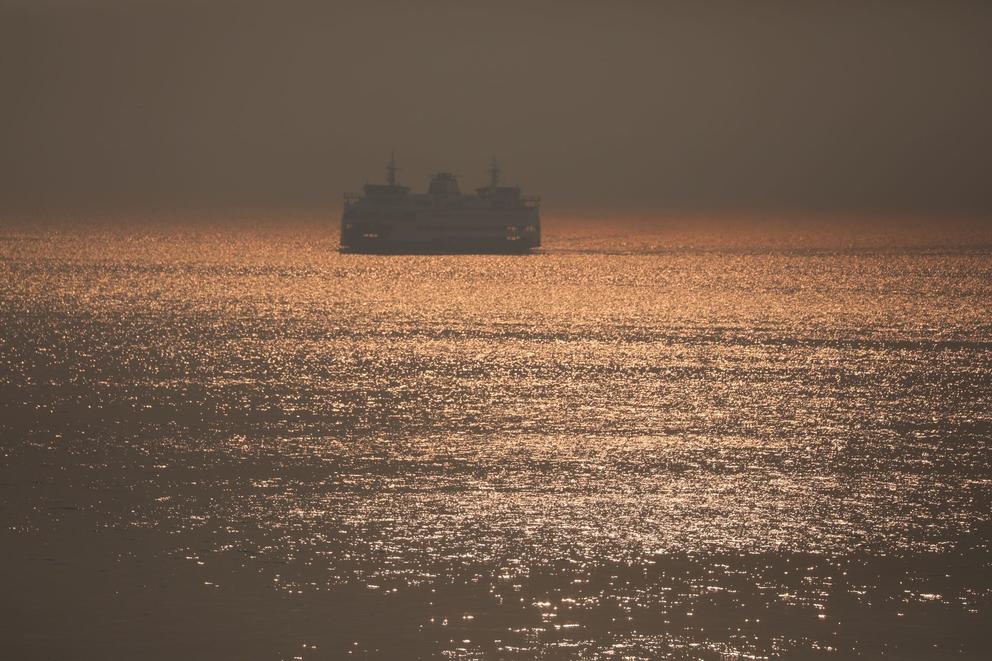The Notre Dame news reminded me of the cathedrals in our own part of the world that are also burning before our eyes. Over the past two summers, the view of the Olympics from our Bainbridge Island home have been clouded by weeks (and even months) of smoke coming from the forest fires that not only obscure those majestic peaks, but spread an ultraviolet gray over the landscape of our Eden roses, which makes them look sour and dead. And we know it will only get worse. Global warming continues apace. Canada is the second largest country in the world, and its forested areas are the size of India; it is predicted that in the next few decades, the amount of forest burning is expected to double.
It caused me to wonder: are these the warning signs of coming catastrophe? It looks like the Cathedral of Notre Dame can be rebuilt, and clearly the Parisians have the will and the way to make that happen.
But what about our environment? We can’t rebuild our forests overnight. And the coming conflagration of fires are nothing less than catastrophic.
It feels like an inflection point in our history. We are destroying our natural world at such a shocking rate, but also turning some of our greatest sacred treasures into ash at the very same time.
In the language of religious studies we would call this an apocalypse. The word in Greek is not about making the visible invisible, but rather the apocalypse implies a form of “uncovering.”
These tragic events disclose our own inability to see the truth that is in front of our eyes. Our unwillingness to give up our addiction to fossil fuels has not only undermined the sacred nature of our natural world. It is starting to irrevocably impact the art and architecture that, over the centuries, have made us who we are. Our sacred objects, made with the hands of our greatest artists, are being ruined and lost forever.
The forest fires have burned millions of acres, and we now come to expect an annual dose of ash coming our way. Our Seattle summers that were once the highlight of our lives have become moments of terror in which we must retreat with our children to protect ourselves against the cancer-inducing clog of soot.
All of this comes to us in the midst of what Christians call Holy Week. It is the great liturgy of the life, death and resurrection of Jesus Christ. His body, like the body of the Notre Dame Cathedral, is given for the world. And, of course, in the Christian drama, the resurrection follows on Sunday. It is the highest point of the Christian calendar. In Christ, the world is reconciled, the human race is saved. The promise is not only that the human race is redeemed, but all is made new.
And so there is a sense of despair in the air this week. But we are told on Sunday, there is new life coming for all.
My fear is that as summer approaches in the Pacific Northwest, instead of smelling my Eden roses, we will be smelling ash.
So it seems truer than ever that we have a dramatic challenge before us: either change our lifestyle or face terrible consequences. We can rebuild the Lady’s cathedral, but it will take a different and unprecedented effort to resurrect our environment. And surely more significant political action at the national and international level is required to really make headway on climate change.
No one is coming to save us on this mission. We must find a way to do it ourselves. Our apocalypse uncovers the brutal truth that there is no time left to waste.


